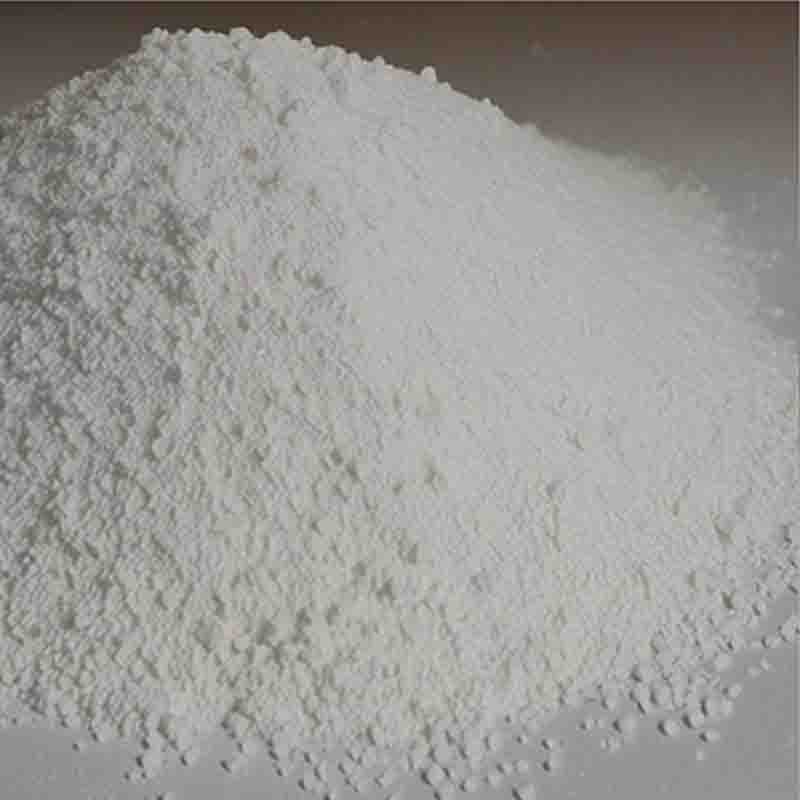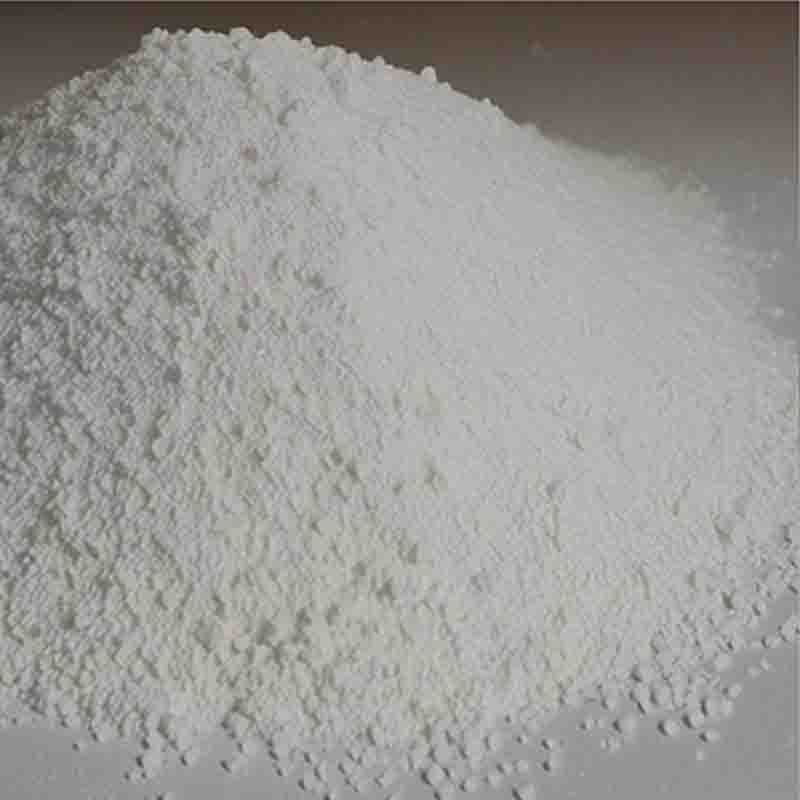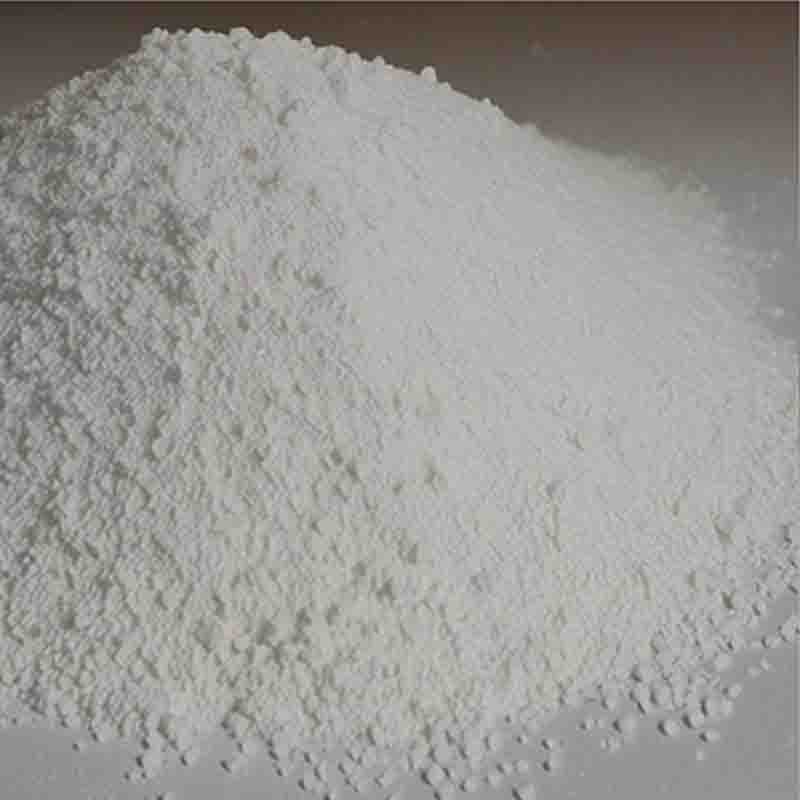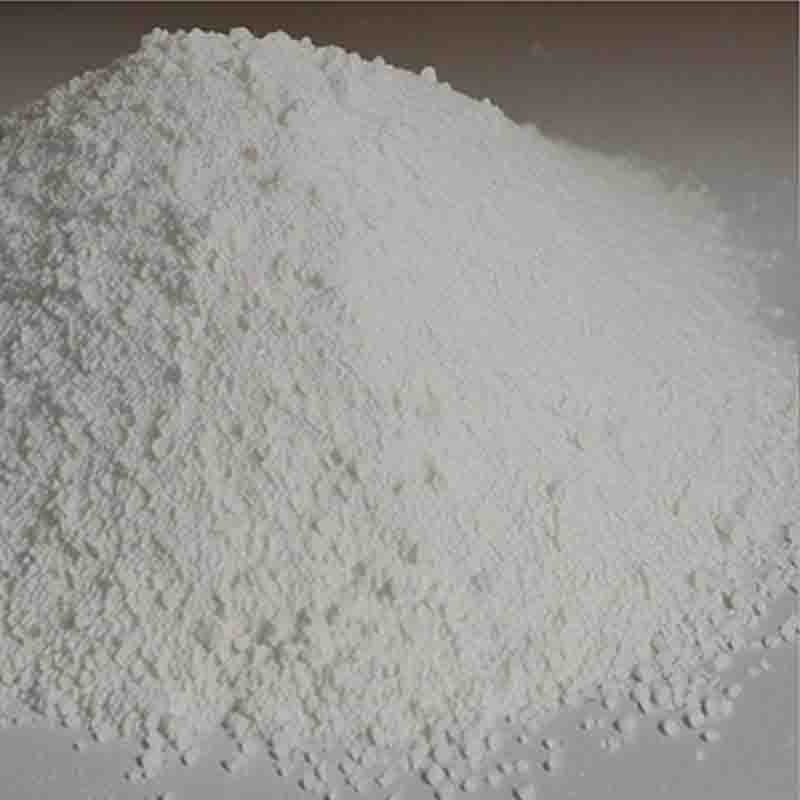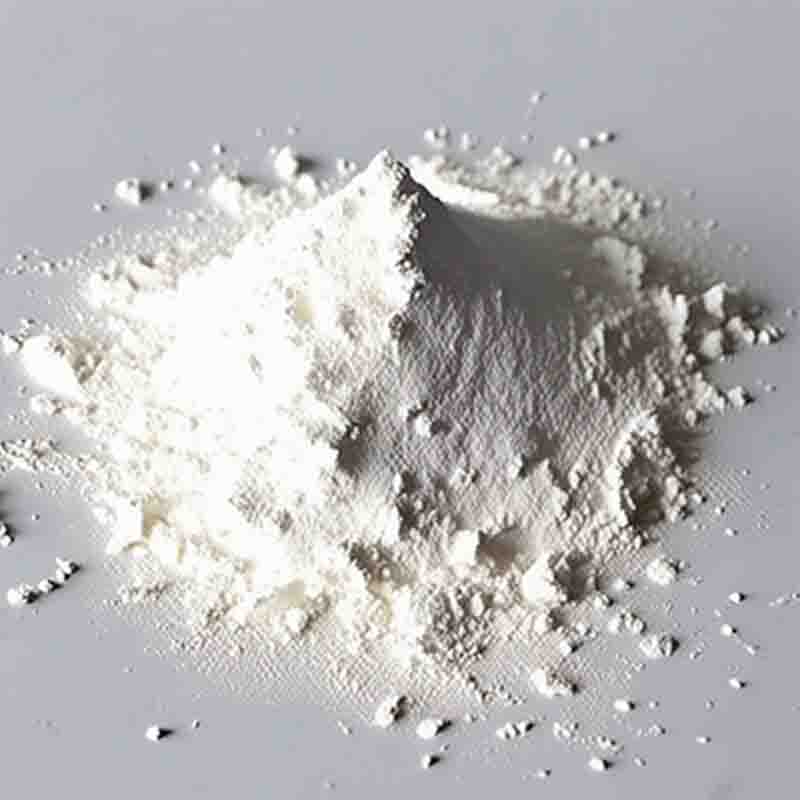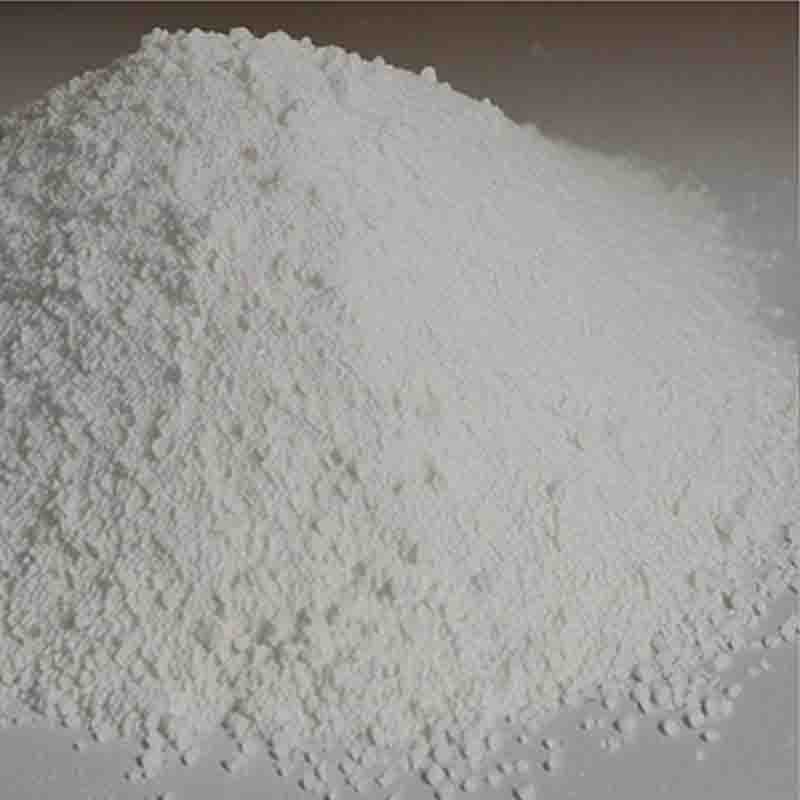Dipotassium tetrachloroplatinate CAS: 16921-30-5
| Catalog Number | XD93986 |
| Product Name | Dipotassium tetrachloroplatinate |
| CAS | 16921-30-5 |
| Molecular Formula | Cl4KPt-(OCOCH3)2 |
| Molecular Weight | 375.98 |
| Storage Details | Ambient |
Product Specification
| Appearance | White powder |
| Assay | 99% min |
Dipotassium tetrachloroplatinate, also known as K2PtCl4, is a chemical compound that finds various applications in different fields, primarily in analytical chemistry and materials science.One of the significant uses of dipotassium tetrachloroplatinate is as a reagent in analytical chemistry. It is commonly employed as a source of platinum ions in the determination of chloride ions in samples. By reacting with chloride ions, dipotassium tetrachloroplatinate forms a precipitate of potassium hexachloroplatinate(IV), which can be weighed to determine the amount of chloride present. This method, known as the Volhard method, is widely used in analytical laboratories for the quantification of chloride in various samples like water, food, and biological fluids.In addition to its analytical applications, dipotassium tetrachloroplatinate is also utilized in the synthesis of various platinum compounds and materials. It serves as a precursor for the preparation of other platinum complexes, such as bis-dipotassium tetrachloroplatinate(II) dihydrate, which is used in the production of platinum-coated electrodes for electrochemical applications. These platinum-coated electrodes exhibit high catalytic activity, making them useful in electroanalytical techniques and fuel cell technology.Furthermore, dipotassium tetrachloroplatinate can be employed in the synthesis of platinum nanoparticles and thin films. These nanostructures have unique properties, including high surface area, excellent catalytic activity, and optical properties, making them valuable in various fields. For example, platinum nanoparticles synthesized from dipotassium tetrachloroplatinate have been used in catalysis, solar cells, sensors, and drug delivery systems. The thin films derived from this compound find applications in electronic devices, such as transistors and memory storage devices.Moreover, dipotassium tetrachloroplatinate is used in the production of platinum-containing pigments and dyes. These pigments and dyes are known for their vibrant colors, including red, orange, and yellow. They are utilized in various applications, such as ceramics, glass, plastics, and paints, to impart coloration and enhance visual aesthetics. The compound undergoes chemical reactions during the manufacturing process, resulting in the formation of stable and durable platinum-based colorants.In summary, dipotassium tetrachloroplatinate is a versatile compound with multiple applications. It is extensively employed in analytical chemistry for the determination of chloride ions. Additionally, it serves as a precursor for the synthesis of various platinum compounds, including electrodes, nanoparticles, and thin films, which find applications in catalysis, electronics, energy conversion, and sensing. Furthermore, it is used in the production of platinum-containing pigments and dyes for vibrant and durable coloration. These applications highlight the significance of dipotassium tetrachloroplatinate in various industries, where the unique properties of platinum are exploited for technological advancements and aesthetic enhancements.


